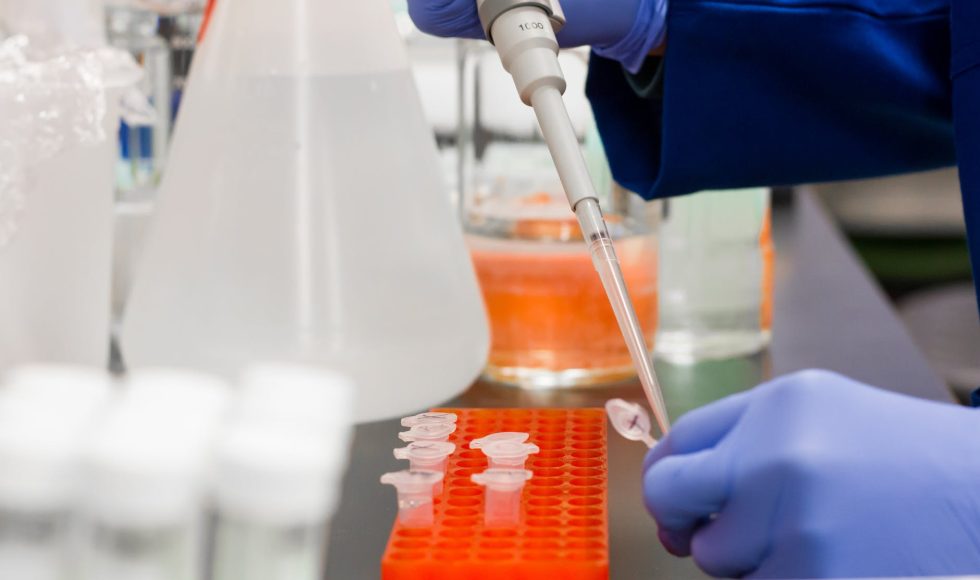Every time I load another Oxford Nanopore Technologies (ONT) flow cell, I learn something new. Tonight, I watched the Nanopore Learning course on “Human genome sequencing and analysis” and the video about flow cell handling. Hazel Johnson, a Technical Services Specialist with ONT, explained the three flow cells available for ONT. The Flongle is designed to be the cheapest, smallest flow cell. It is compatible with the MinION. It has up to 128 wells and a low sample volume of 30 ul. The MinION and GridION flow cells have up to 2,048 wells. The MinION flow cell loading volume is 75 ul. The PromethION flow cells have up to 12,000 wells and a sample volume of 150 ul. Flow cells are shipped in a sealed pouch. They are shipped at a constant temperature. It is recommended that they are stored at constant temperatures between 2-8 degrees Celsius. Johnson recommended not storing flow cells towards the back of the refrigerator to avoid freezing. Flongles have a “useful life” of four weeks and warranty for >60 pores. MinION flow cells are to be used within 12 weeks with >800 pores. PromethION flow cells are to be used within 12 weeks with >5,000 pores. Flow cell checks are needed before running. Johnson noted that upon receipt, one should visually inspect pouches. Flow cells can be returned to be recycled. Flow cells are shipped in the plastic pouches. This video made me think about being more careful about thawing flow cells gradually.



